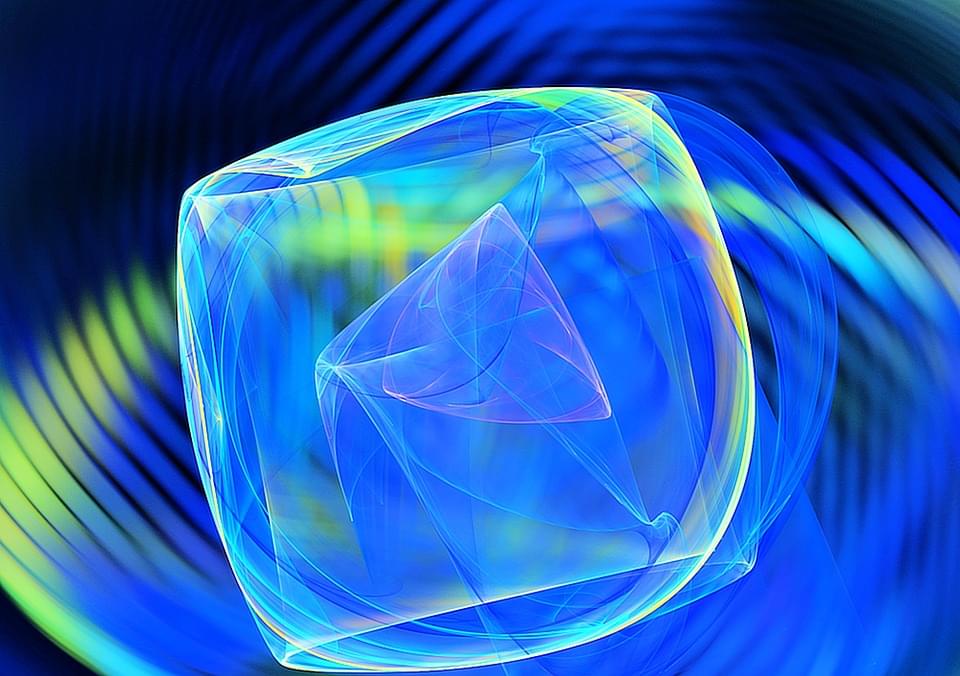Another key insight of Cybernetic Theory can be referred to as “Mind Over Substrates”: Phenomenal “local” mind is “cybernetically” emergent from the underlying functional organization, whereas holistic “non-local” consciousness is transcendentally imminent. Material worlds come and go, but fundamental consciousness is ever-present, as the multiverse ontology is shown to be testable. From a new science of consciousness to simulation metaphysics, from evolutionary cybernetics to computational physics, from physics of time and information to quantum cosmology, this novel explanatory theory for a deeper understanding of reality is combined into one elegant theory of everything (ToE).
If you’re eager to familiarize with probably the most advanced ontological framework to date or if you’re already familiar with the Syntellect Hypothesis which, with this newly-released series, is now presented to you as the full-fledged Cybernetic Theory of Mind, then this 5-book set will surely present to you some newly-introduced and updated material if compared with the originally published version and can be read as a stand-alone work just like any book of the series:
https://www.amazon.com/dp/B08R2K7ZK2?tag=lifeboatfound-20?tag=lifeboatfound-20.





